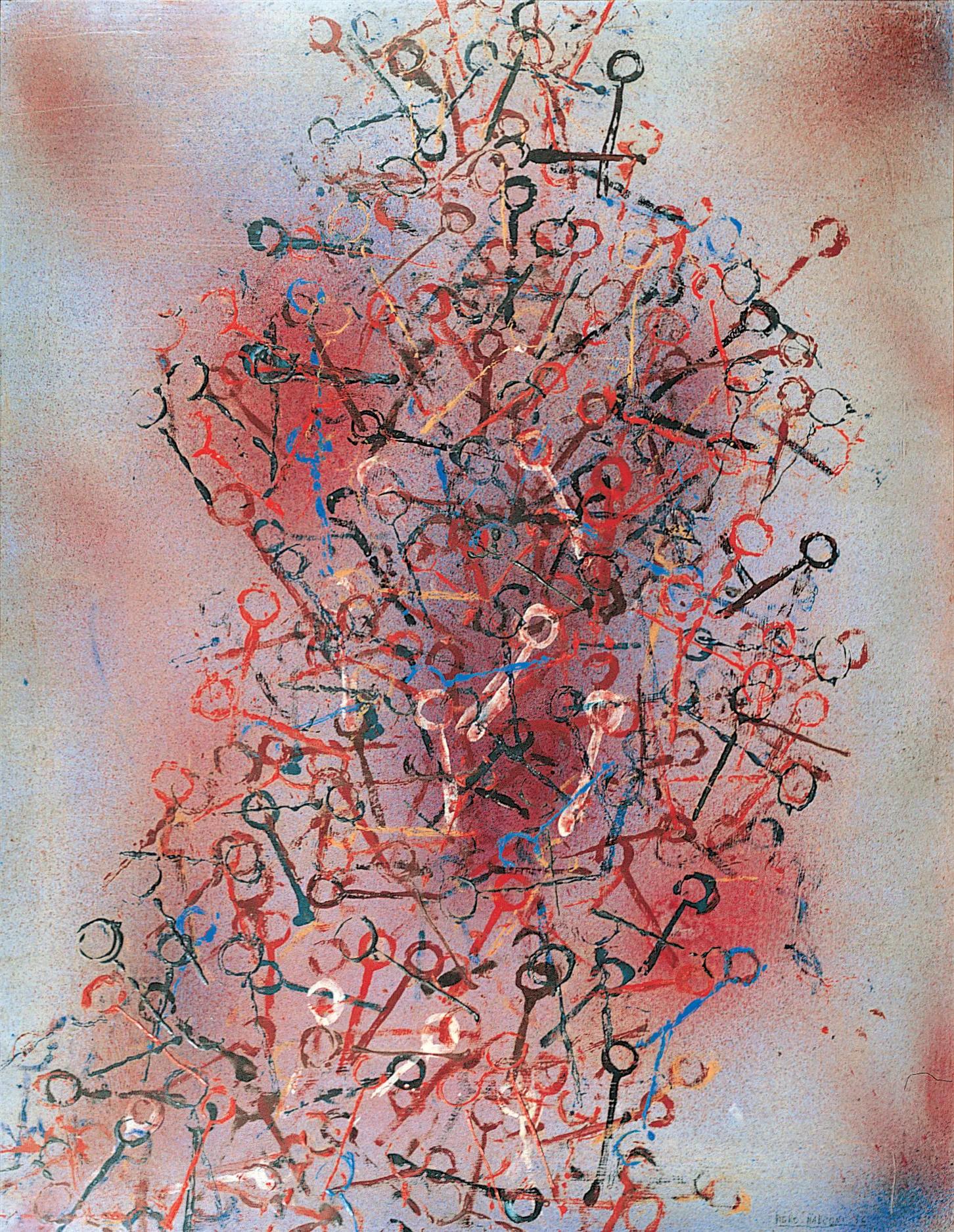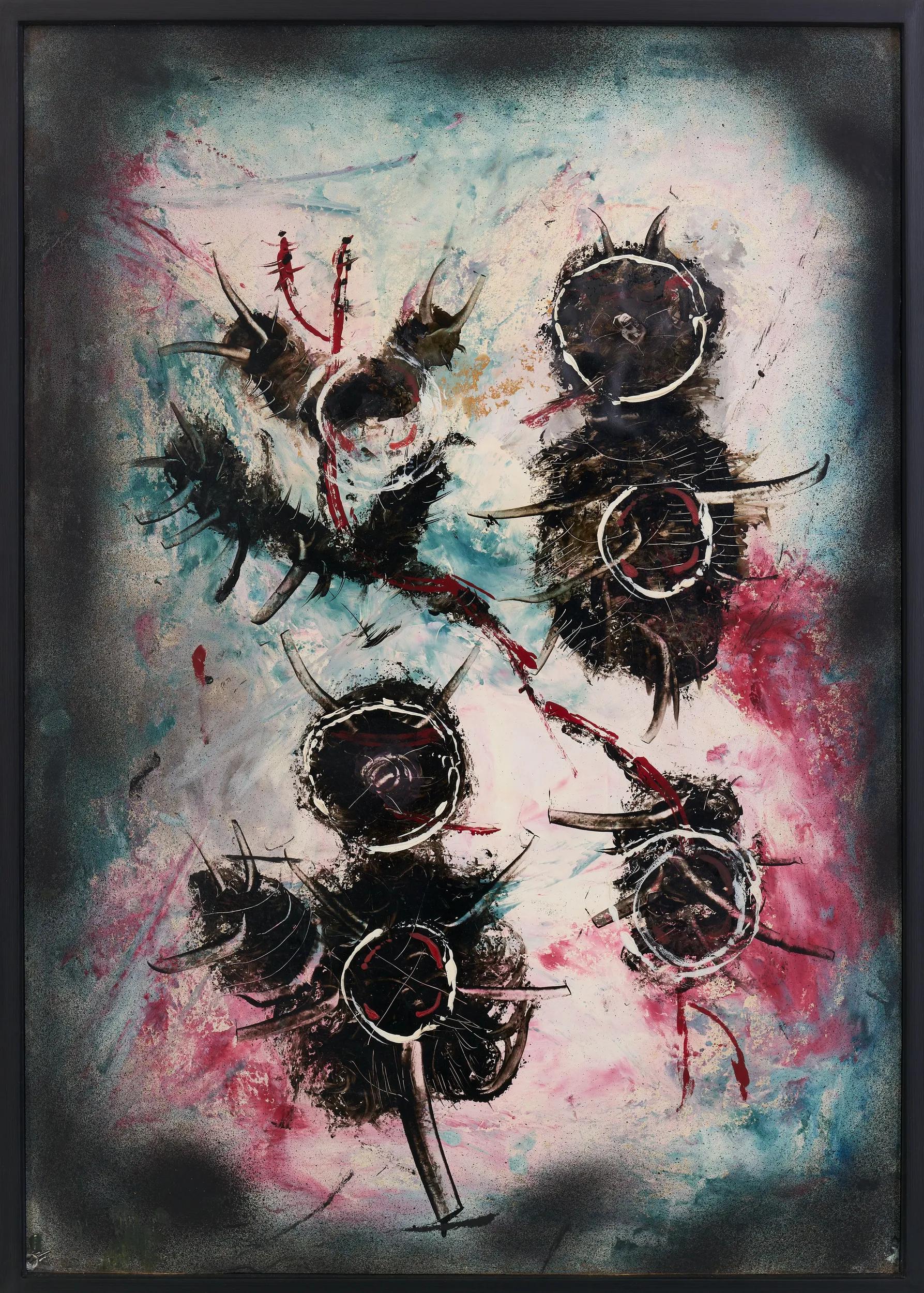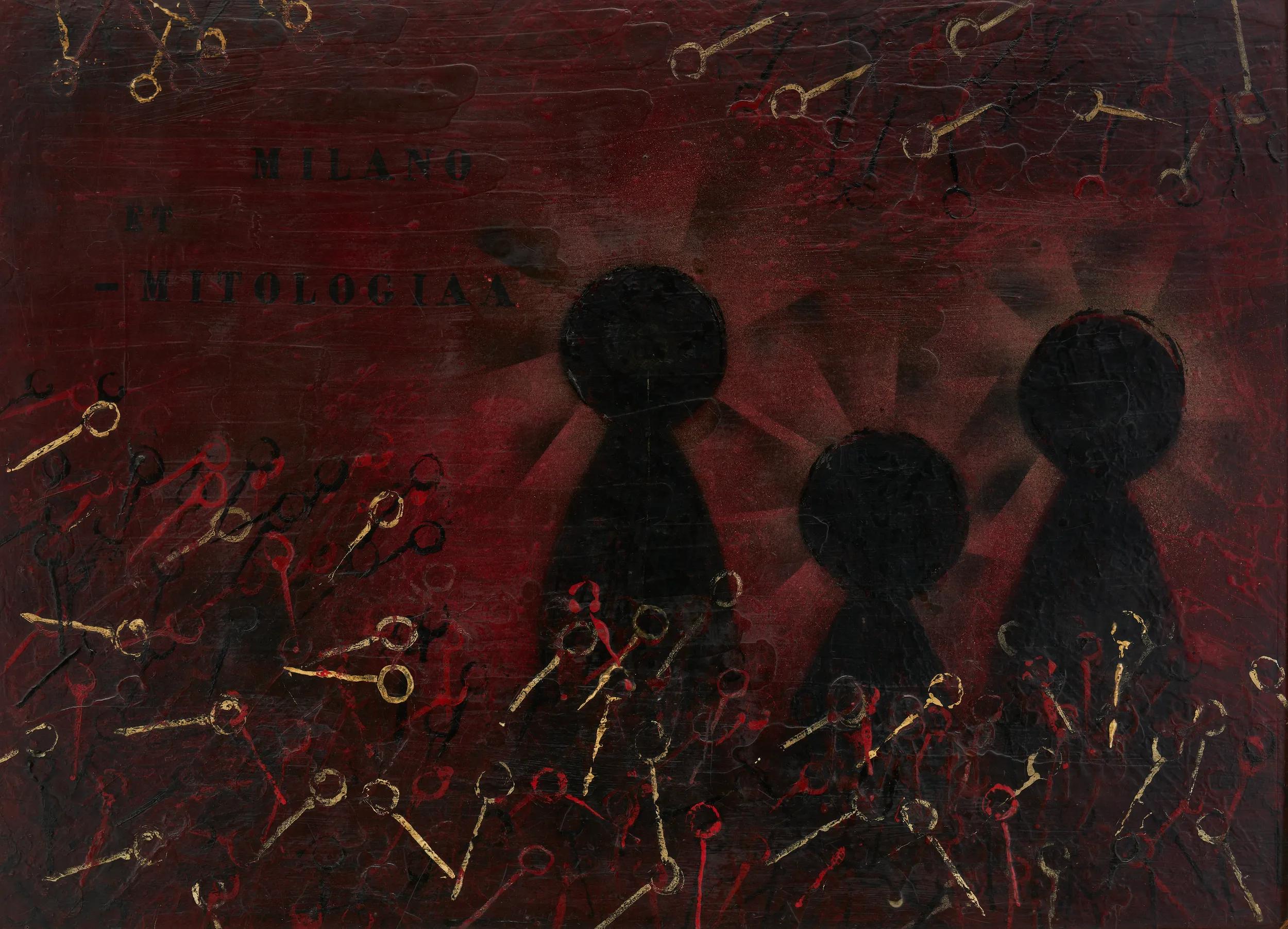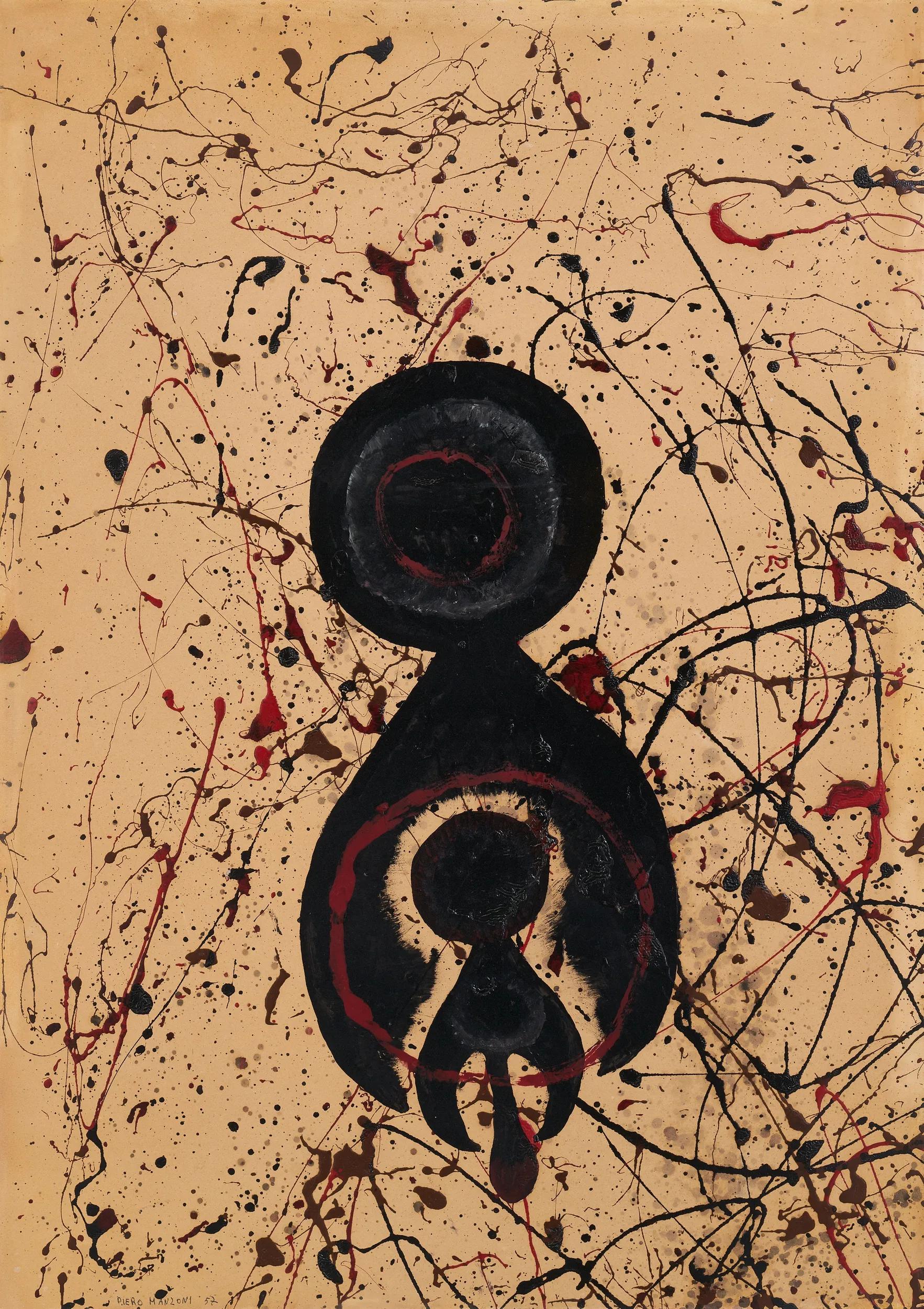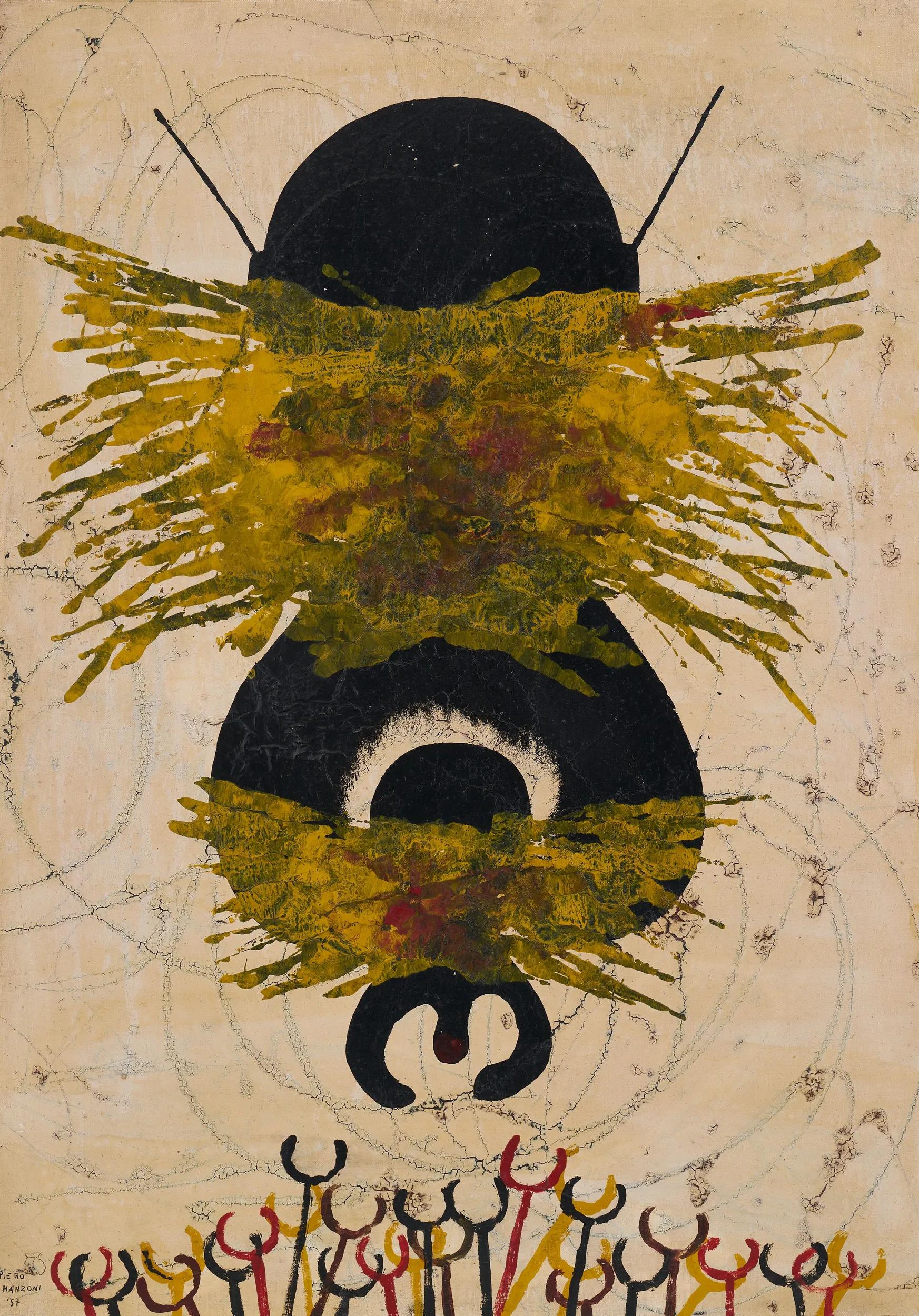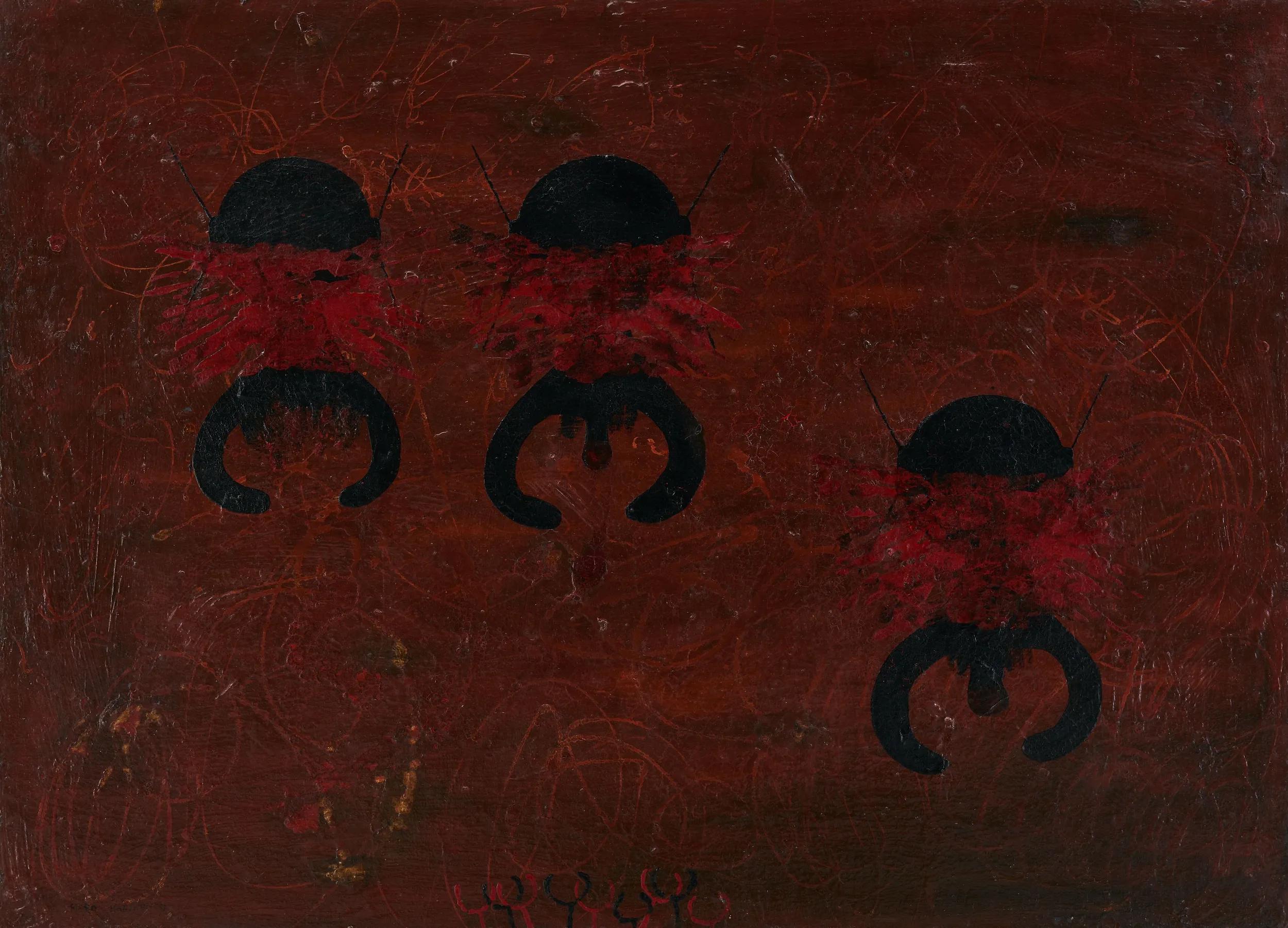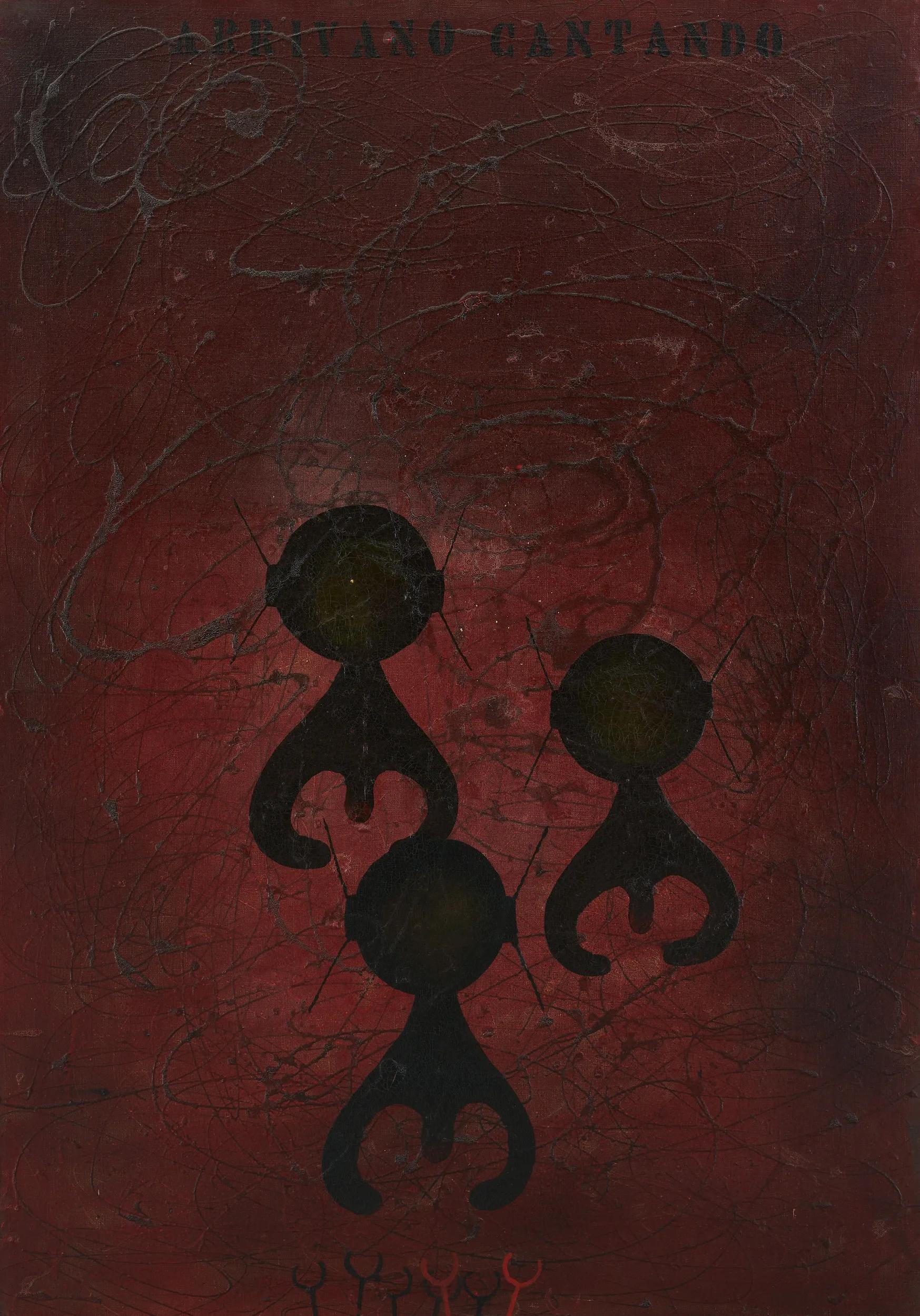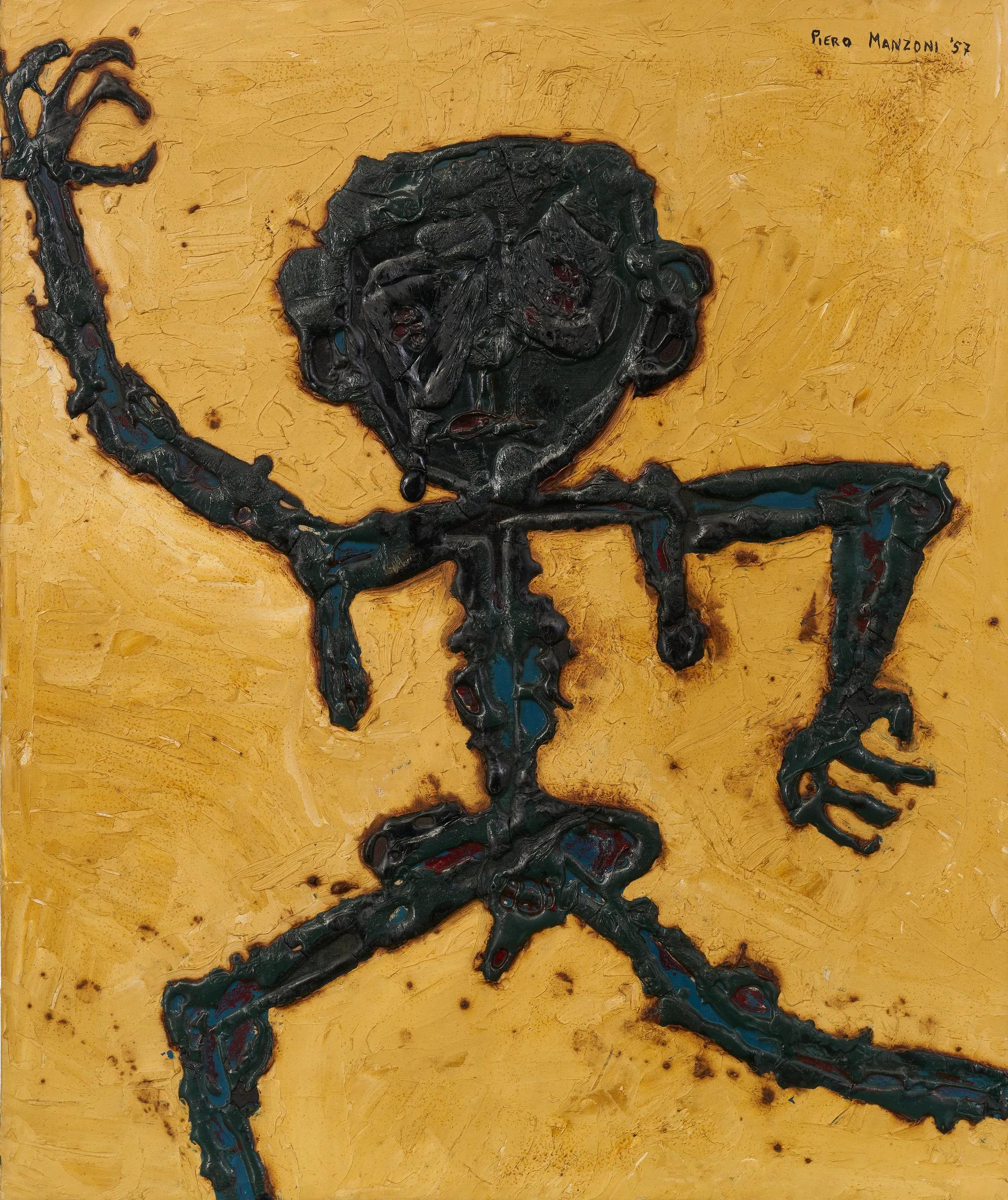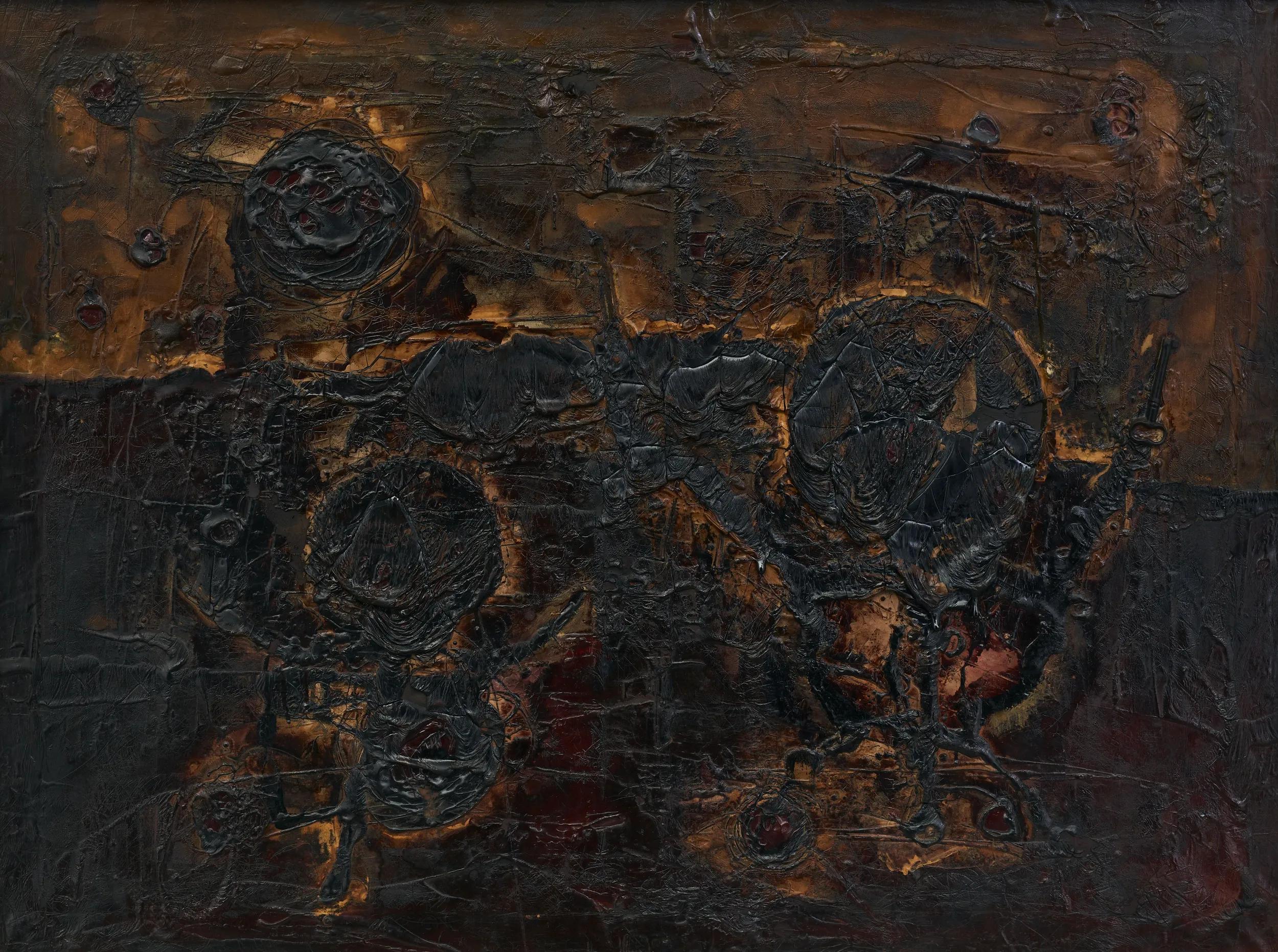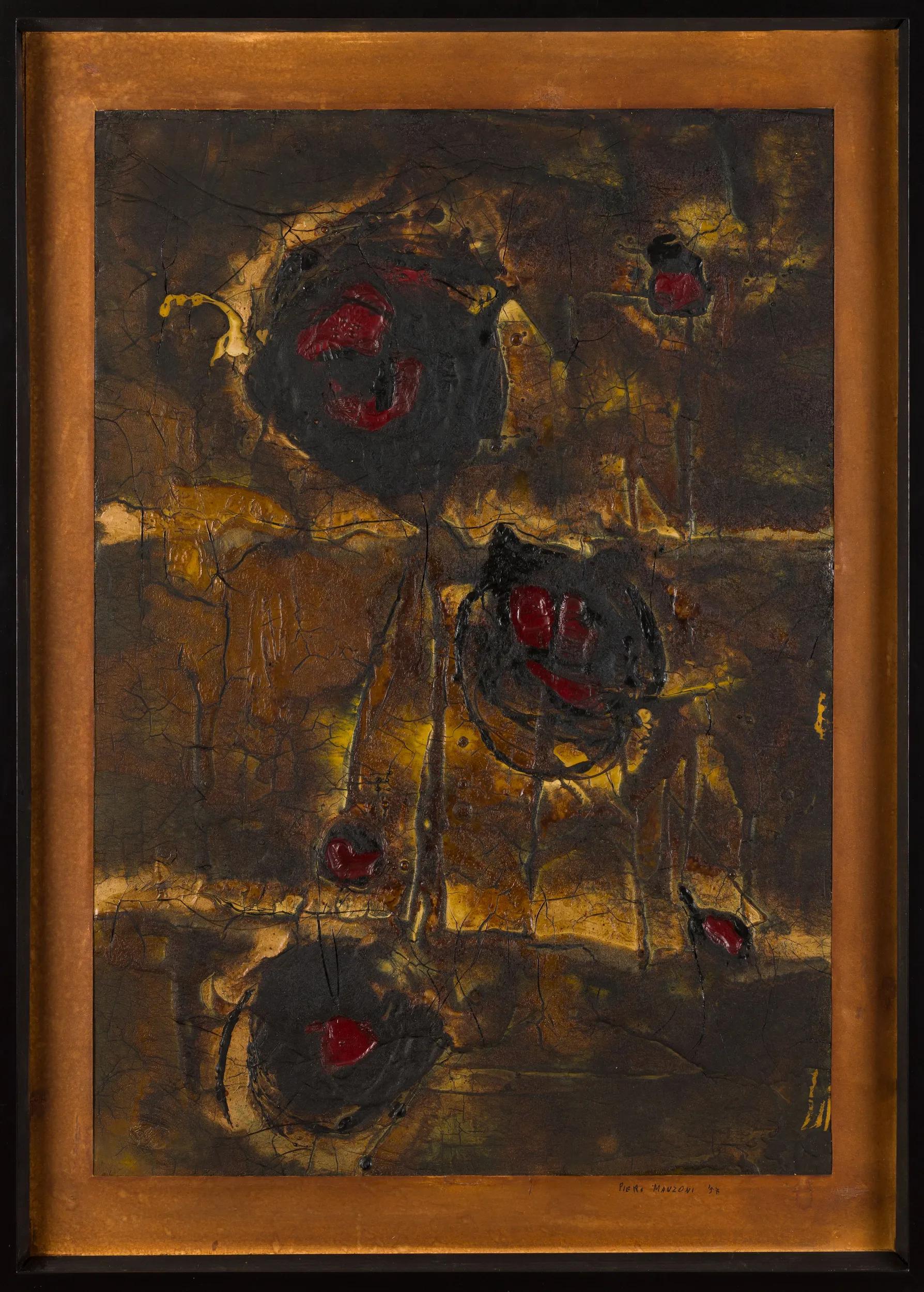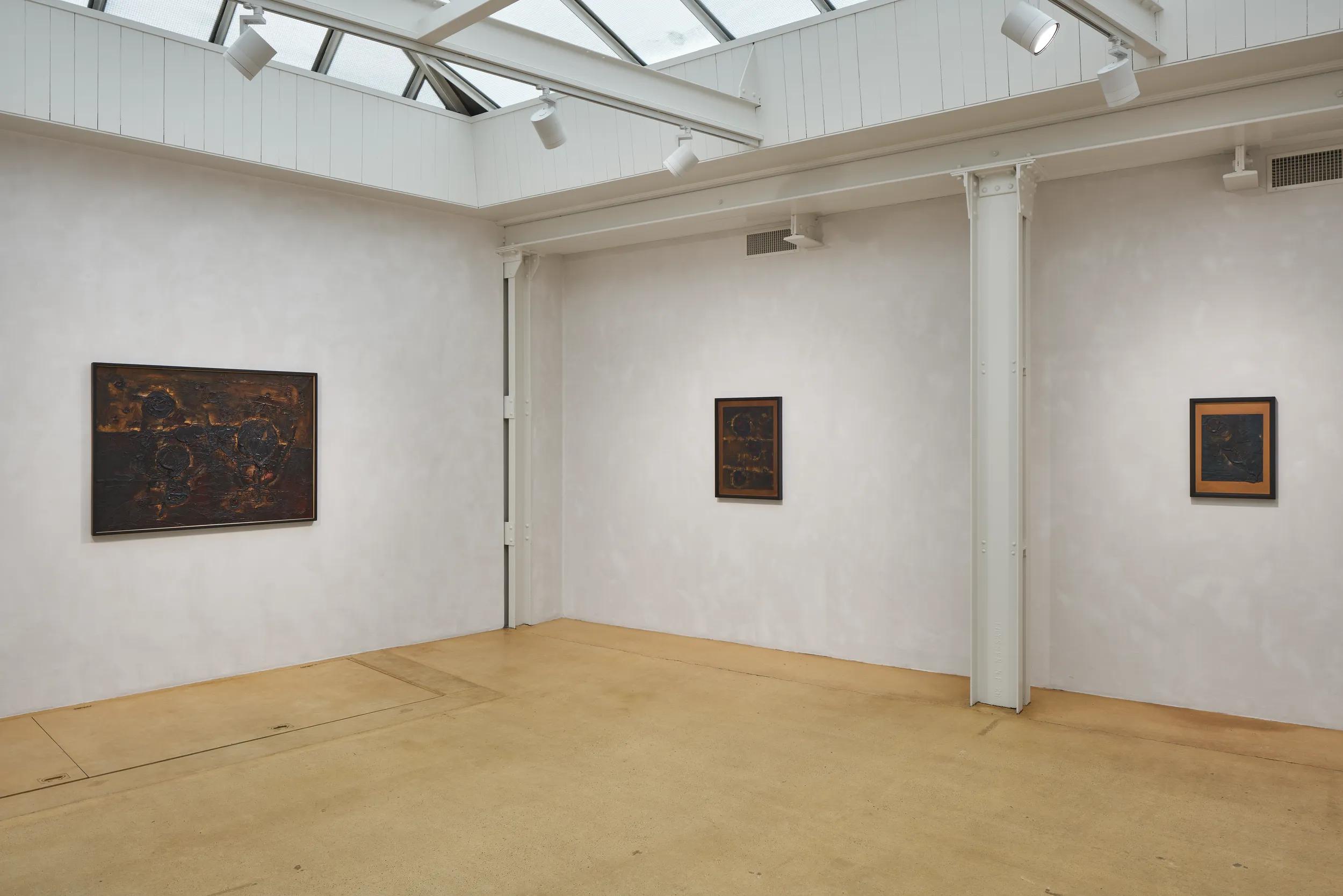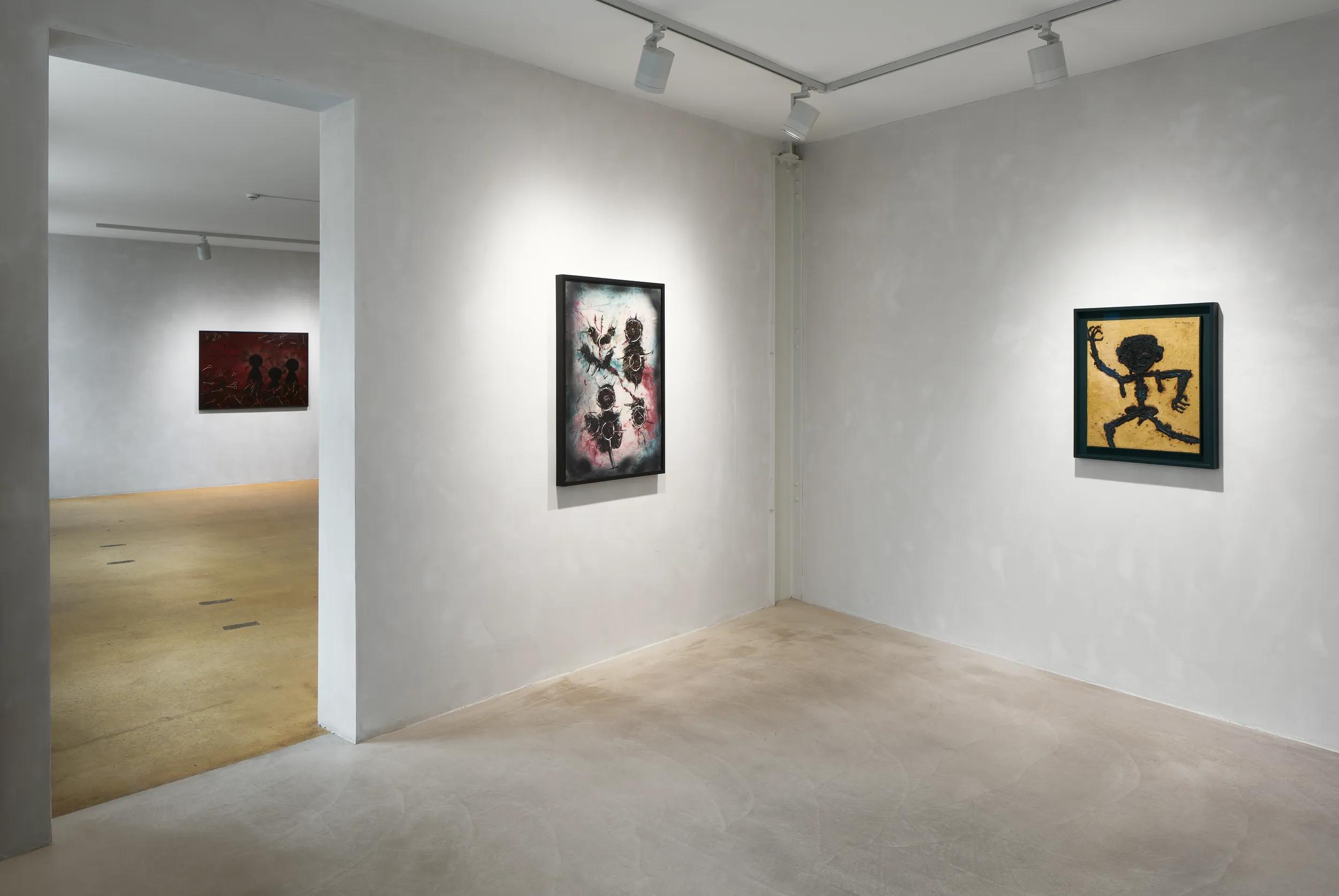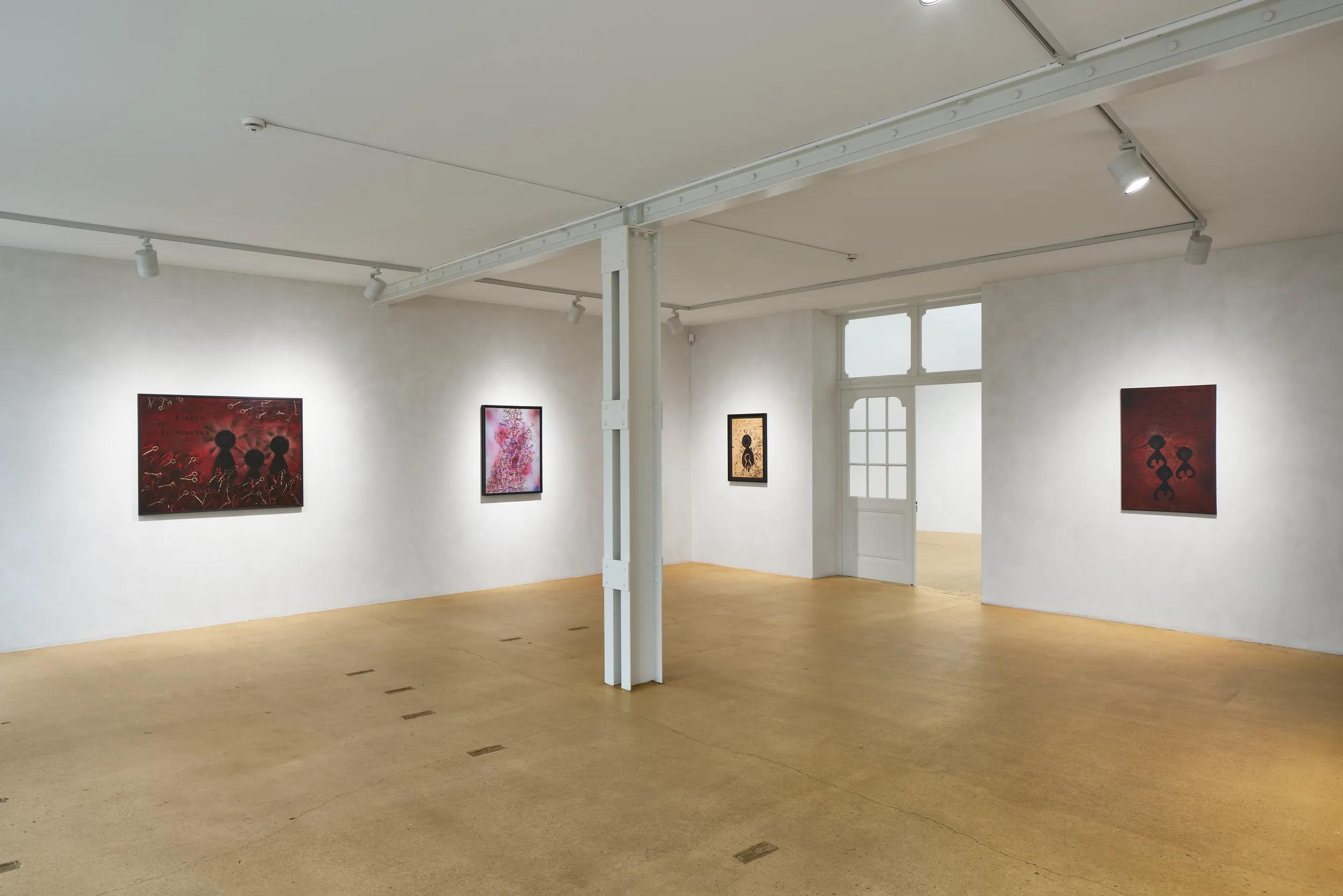Piero Manzoni
‘L’invincibile Jean’ and Early Works 1956 – 1957
27 November 2025 – 14 February 2026
This November, ‘Piero Manzoni. ‘L’invincibile Jean’ and Early Works 1956 – 1957,’ an exhibition curated by Rosalia Pasqualino di Marineo and conceived in close collaboration with the Fondazione Piero Manzoni in Milan, is presented in our Basel gallery. A leading figure of the 1950s Italian avant-garde, Piero Manzoni (1933 – 1963) had a profound impact on the course of twentieth-century art during his brief yet prolific career, directly influencing the development of Arte Povera while paving the way for conceptual, body and performance art.
In this exhibition, the artist’s early works on view together for the first time, offering a rare opportunity to explore this formative phase of Manzoni’s practice, revealing the unexpected foundations on which his later artistic production—including his widely celebrated series of white Achromes—was built. The exhibition is accompanied by a new publication edited by Rosalia Pasqualino di Marineo and published in collaboration by Fondazione Piero Manzoni, Hauser & Wirth and Silvana Editoriale. it is the first publication exclusively dedicated to this early and formative phase of Manzoni’s practice and includes an essay by scholar and curator Choghakate Kazarian.
Born in Lombardy in 1933, Manzoni began his career as an artist in 1956. He would go on to produce a rich and innovative body of work before his career was cut short just seven years later by his sudden death from a heart attack at the age of 29. A self-taught painter, Manzoni exhibited his work for the first time as part of the Mostra d’Arte Contemporanea in 1956, organized at the Castello Sforzesco of Soncino on the occasion of the local market fair, where he presented two works, including ‘Domani chi sa (Tomorrow who knows)’ (1956). On view in Basel, this work reveals the extraordinary inventiveness of Manzoni’s approach from the very beginning, with the painting created by stamping keys dipped in paint over a dynamic, gestural abstract background. Manzoni’s lack of formal education in the fine arts left him free to develop an entirely original artistic identity, unencumbered by received ideas or accepted conventions. Immersing himself in the melting pot of the Milanese art scene, he encountered work by artists including Enrico Baj, Roberto Crippa, Sergio Dangelo, Gianni Dova, Ettore Sordini, and Angelo Verga. He approached his influences with irreverence, playfully combining elements of Art Informel, Surrealism, Dada and the historical avant-garde into a new pictorial language that was wholly his own.
Installation Views
1 / 2
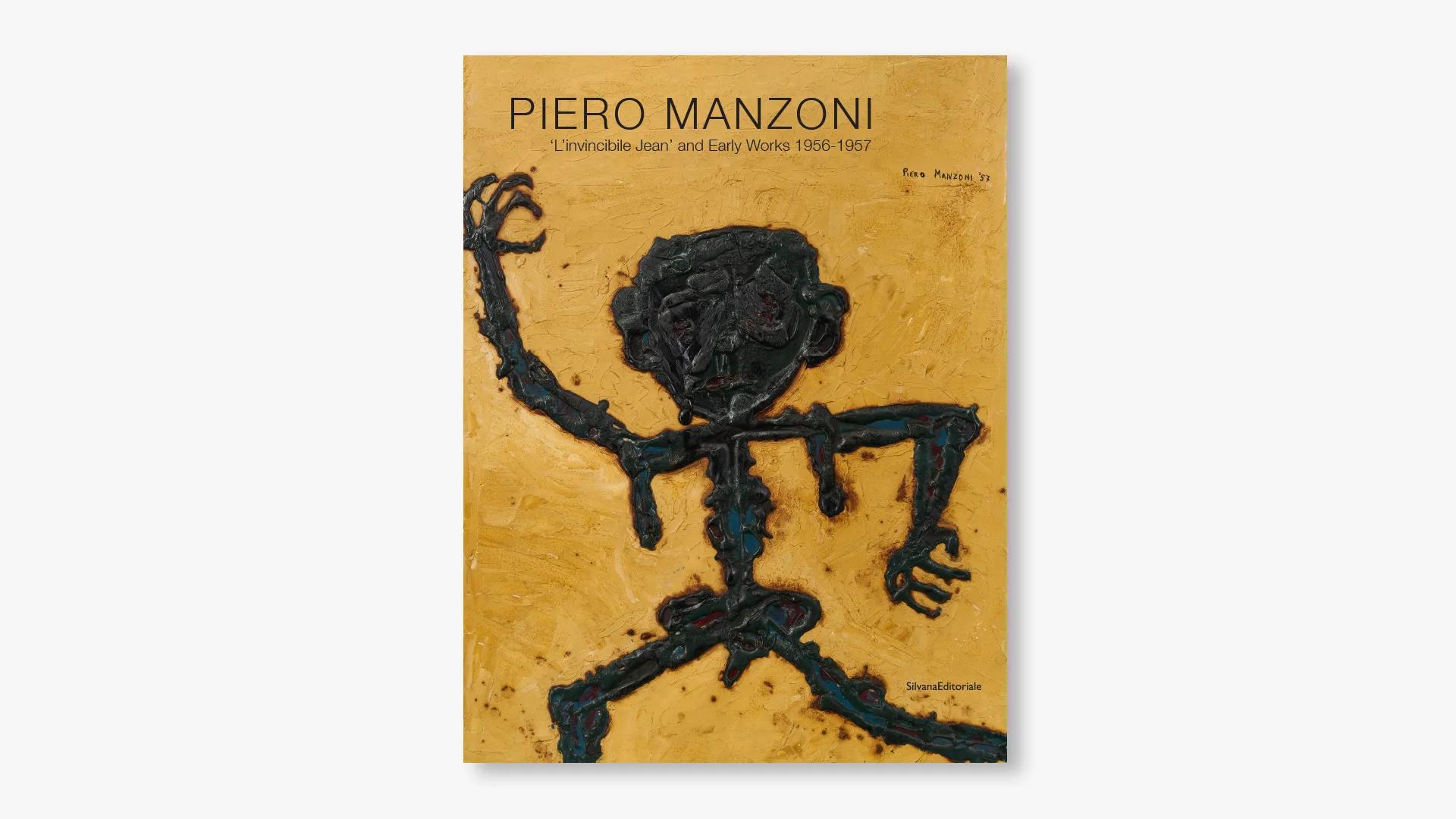
Piero Manzoni. ‘L’invincibile Jean’ and Early Works 1956 – 1957
Coinciding with this exhibition, the Fondazione Piero Manzoni in collaboration with Silvana Editoriale and Hauser & Wirth will publish a monograph dedicated to this early and formative phase of Manzoni’s practice. ‘Piero Manzoni. ‘L’invincibile Jean’ and Early Works 1956 – 1957’ is edited by Rosalia Pasqualino di Marineo and features an essay by scholar and curator Choghakate Kazarian.
About the Artist
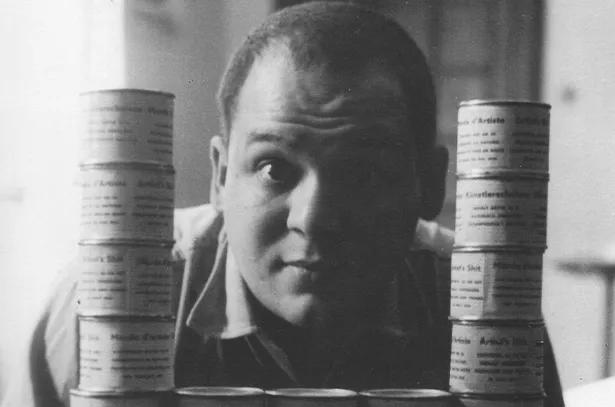
Piero Manzoni
The renowned Italian artist Piero Manzoni emerged as a powerful voice for the avant-garde in the 1950s, debuting as an artist at the ‘4a Fiera mercato: Mostra d’arte contemporanea’ in 1956. A self-taught painter, his work heavily featured anthropomorphic silhouettes and the impressions of objects. He began making his ‘white paintings’—later named ‘Achromes’—in 1957, at first with rough gesso and then with kaolin, as well as with creased canvases or surfaces divided into squares.
In 1959, the artist began his series which experimented with the display of inflated white balloons. The results—‘Corpi d’aria (Bodies of Air)' and ‘Fiato d’artista (Artist’s Breath),’ where balloons were poised on a tripod or wooden plinth—extended the creative experimentation first visualized in the ‘Achromes’ as Manzoni embarked upon works that used an entirely new visual language, reframing artistic interpretation. In July 1960, he presented ‘Consumazione dell’arte / dinamica del pubblico / divorare l’arte’ in Milan, during which he offered the public hard-boiled eggs with his thumbprint on them. By 1961, Manzoni was signing actual people, turning them into ‘living sculptures,’ and awarding them with a certificate of authenticity.
Alongside his work as an abstract avant-garde painter, Manzoni contributed to and collaborated with numerous artist groups and initiatives. As his artistic activity intensified, he began participating in group shows and signing manifestos alongside other artists, including Enrico Baj, Guido Biasi, Ettore Sordini, and Angelo Verga. For a period of time he embraced the Movimento Arte Nucleare, before abandoning it in 1958.
On several occasions, he showed his work with Agostino Bonalumi and Enrico Castellani, and he collaborated with artists of the Zero group in Düsseldorf and other European neo-avant-garde groups. In 1959, he founded the Galleria Azimut in Milan with Castellani, opening the gallery with an exhibition of his ‘Linee (Lines).’ The pair simultaneously published two issues of the Azimuth magazine. The second issue (1960) included one of Manzoni’s seminal texts ‘Libera dimensione’ or ‘Free dimension.’
Current Exhibitions
1 / 12
